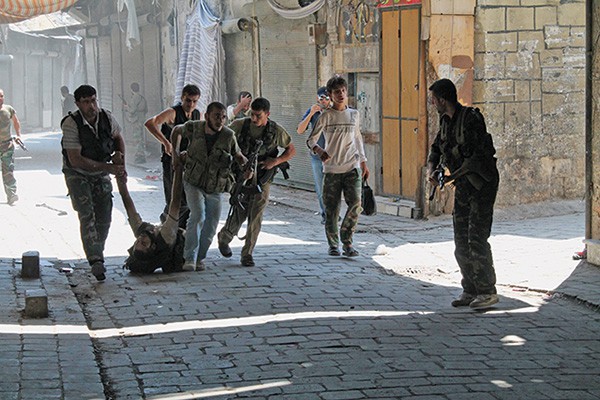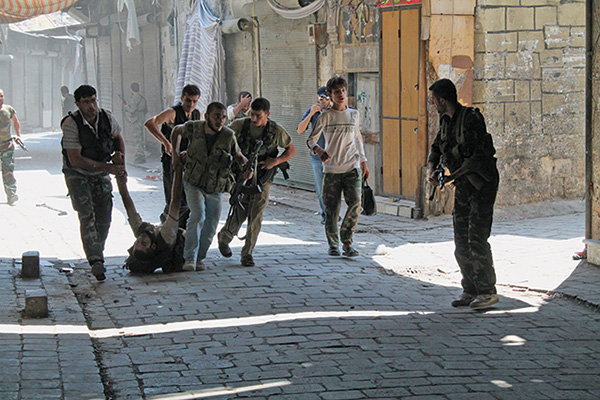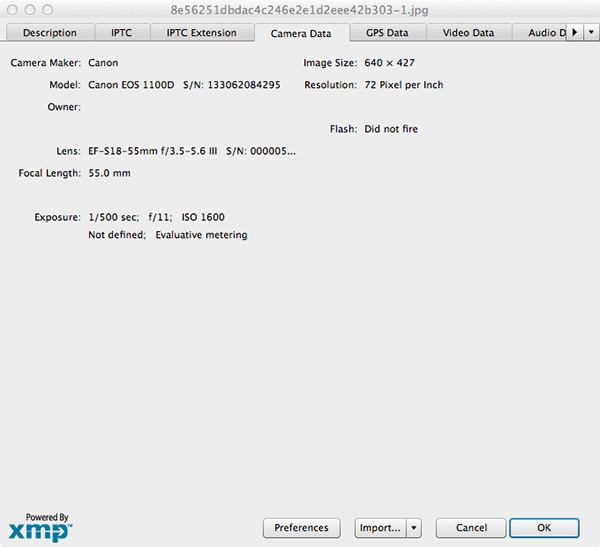Share
It’s Not Easy Being a Photojournalist
I am a sucker for a good movie. Despite having my eyes fully dilated following a trip to the eye doctor, I found myself watching “Man of Steel”...

I am a sucker for a good movie.
Despite having my eyes fully dilated following a trip to the eye doctor, I found myself watching “Man of Steel” with rapt attention.
The movie wasn’t outstanding, but what stood out was the fact that the Pulitzer Prize-winning Lois Lane was relegated to taking her own photos with her Nikon D3s instead of sending a photojournalist to travel with her (Her flash startles a robot, and it subsequently destroys her camera and photos). It reminded me of the Chicago Sun Times’ recent layoff of their entire photo staff and their proclamation that journalists would be using iPhones to photograph their own stories.
It’s not easy to be a photojournalist.
Vice Magazine recently reported on this very fact when a naive 25-year old from London tried to become a war photographer for a few weeks. After chance encounter with a freelance photographer in an Internet cafe, Sunil Patel decided to take his camera and a dream into the Syrian Civil War.
The whole affair sounds a bit suspicious. The freelance photographer, Carlos, doesn’t sound like much of an experienced photographer. There is no fixer, no translator, no budget, and no external support. Instead, it’s like they’re trying to re-enact “Almost Famous,” except it’s not the 60s and they’re in a war zone.
The affair ends after only a few days with Sunil realizing that he doesn’t have the gumption to photograph the gruesomeness of war, not to mention their complete underpreparedness. Patel also mentions that another reporter took a photo with his flash from a taxi which resulted in Assad’s fighter jets “swooping back around and firing two missiles at us on the highway.” Like Lois Lane found out, you shouldn’t use the flash in combat situations.
It’s not easy to be a photojournalist.
Curious, I pulled down one of the image files (above) and examined the file info hoping to discern a little more about the author. All the IPTC was stripped (if there was any to begin with), but there was a bit of EXIF left. Turns out the photos were taken with a Canon EOS 1100D (aka Rebel 3), which is a $379 entry level DSLR. It was clear that Mr. Patel didn’t work for the Daily Planet (they use Nikon), and he wouldn’t be shooting much in low light situations (his variable aperture zoom had a max f/3.5). It’s also pretty curious that he shot the image at f/11 ISO1600 because it’s daylight and all. You could make the argument that the equipment doesn’t matter, and it doesn’t as long as you get “the” picture. But when working in a harsh environment, it helps to have weather-sealed magnesium bodies instead of cheap plastic cases built for soccer moms. It also helps to know how to use your camera.
It’s not easy to be a photojournalist.
So thanks to Lois Lane and Sunil Patel for reminding us that the job of photojournalist isn’t an easy one. It’s best left to the professionals whether you’re trying to photograph Zod or Assad.




